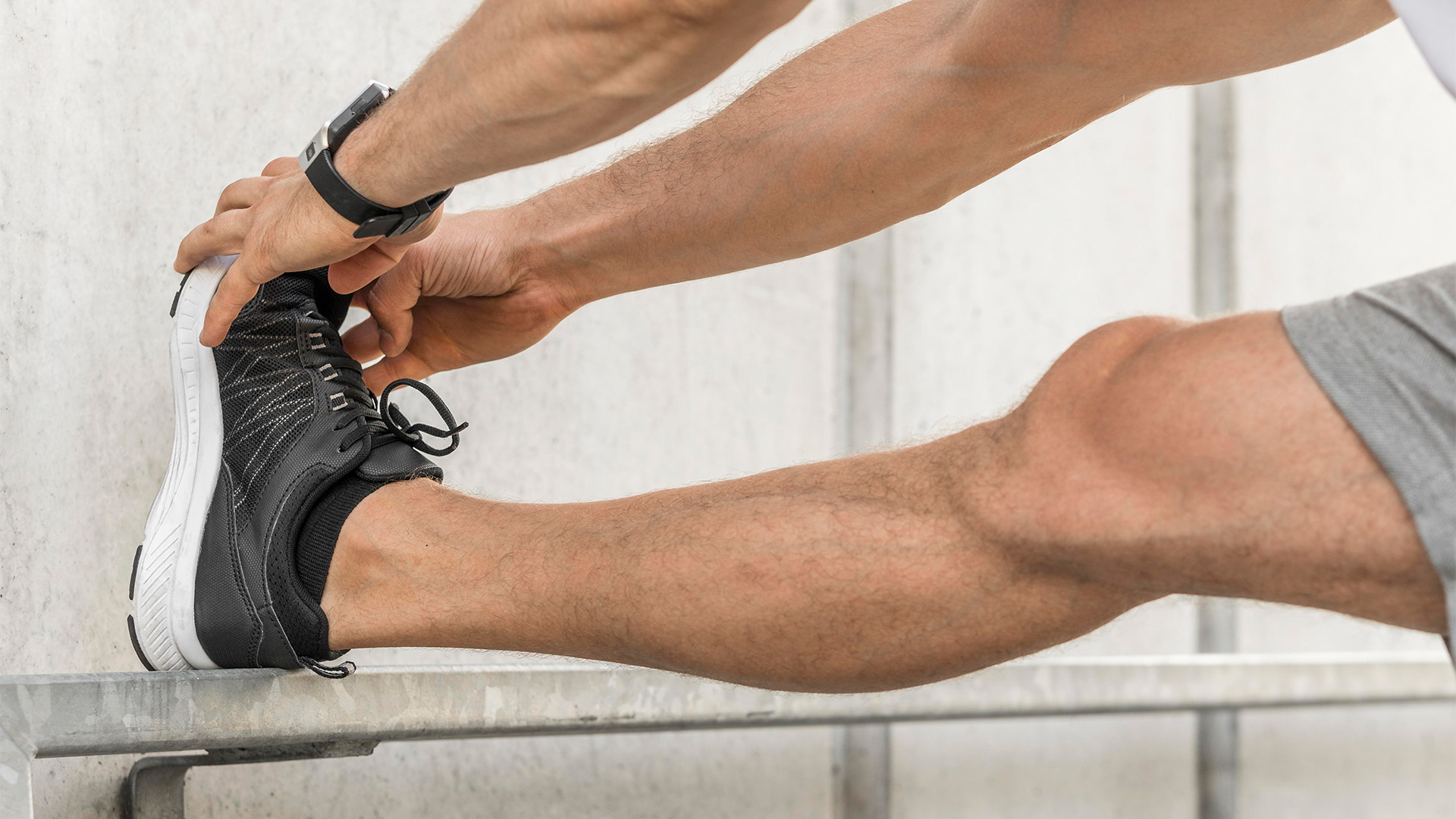Barral’s article presents a method that links internal organ motion to broader bodily health. By gently guiding the natural rhythms of the body, VM seeks to relieve dysfunction not just at the point of discomfort but among interconnected systems. The therapy’s foundation in biomechanics and its roots in both clinical observation and imaging research give it a grounded, integrative appeal.
A summary of the article “The Therapeutic Value of Visceral Manipulation” by Jean-Pierre Barral, D.O., originally published in St. Louis Women’s Journal (April/May 2008):
1. Life Depends on Internal Motion
Barral begins by emphasizing that life and motion are inseparable—even microscopic movements, like cellular pulses or the beating of the diaphragm, are essential. These internal movements form a continuous, coordinated system among organs and surrounding structures. When one organ’s motion is disrupted—due to tension, adhesions, or displacement—it can upset the balance and affect muscles, fascia, bones, and membranes elsewhere in the body (barralinstitute.com).
2. A Small Dysfunction Can Cause Widespread Effects
As a simple illustration, Barral describes how a small adhesion around the lungs might shift rib movement, which, in turn, may place uneven pressure on the spine, eventually leading to broader biomechanical issues over time (barralinstitute.com).
3. What Is Visceral Manipulation (VM)?
Visceral Manipulation is a hands-on therapy that involves gently palpating—or “listening to”—the body to identify both normal and abnormal forces. Through precise, soft manual techniques, practitioners aim to support the body’s natural self-correcting motions and restore smooth internal movement and harmony across systems (barralinstitute.com).
4. Origins of the Method
Barral’s interest in internal biomechanics was sparked during his time as a physiotherapist at a lung disease hospital in Grenoble. Working with Dr. Arnaud—a lung specialist and expert in cadaver dissection—Barral studied stress patterns in both cadavers and living bodies. This experience introduced him to the concept of the visceral system, the idea that tissues record past injuries (“tissue memory”), and the importance of internal tension lines (barralinstitute.com).
A breakthrough moment occurred when a patient—a recipient of spinal manipulation—reported relief after seeing someone who “pushed something in his abdomen.” This prompted Barral to explore abdominal and visceral manipulation further. With support from radiologist Dr. Serge Cohen, Barral used imaging methods like x-ray fluoroscopy and ultrasound to observe changes before and after manipulation. Later, he even employed infrared technology with engineers to track internal changes (barralinstitute.com).
5. How Visceral Manipulation Works
VM uses gentle, targeted pressure to encourage normal mobility, tone, and motion of organs and surrounding connective tissues. The goal is to improve how organs function, harmonize entire body systems, and support overall structure—without forcing movement. The therapist evaluates movement quality across the body and applies subtle forces to aid internal balance and health (barralinstitute.com).
6. Safety and Efficacy Through Subtlety
Because visceral tissues are sensitive and responsive, very light, precise pressure yields the best outcomes. VM supports existing physiological forces—instead of overriding them—so, when applied by trained therapists, it’s designed to aid healing rather than cause disruption or injury (barralinstitute.com).
Original article:
https://www.barralinstitute.com/docs/articles/stlwj-the-therapeutic-value-of-vm.pdf




